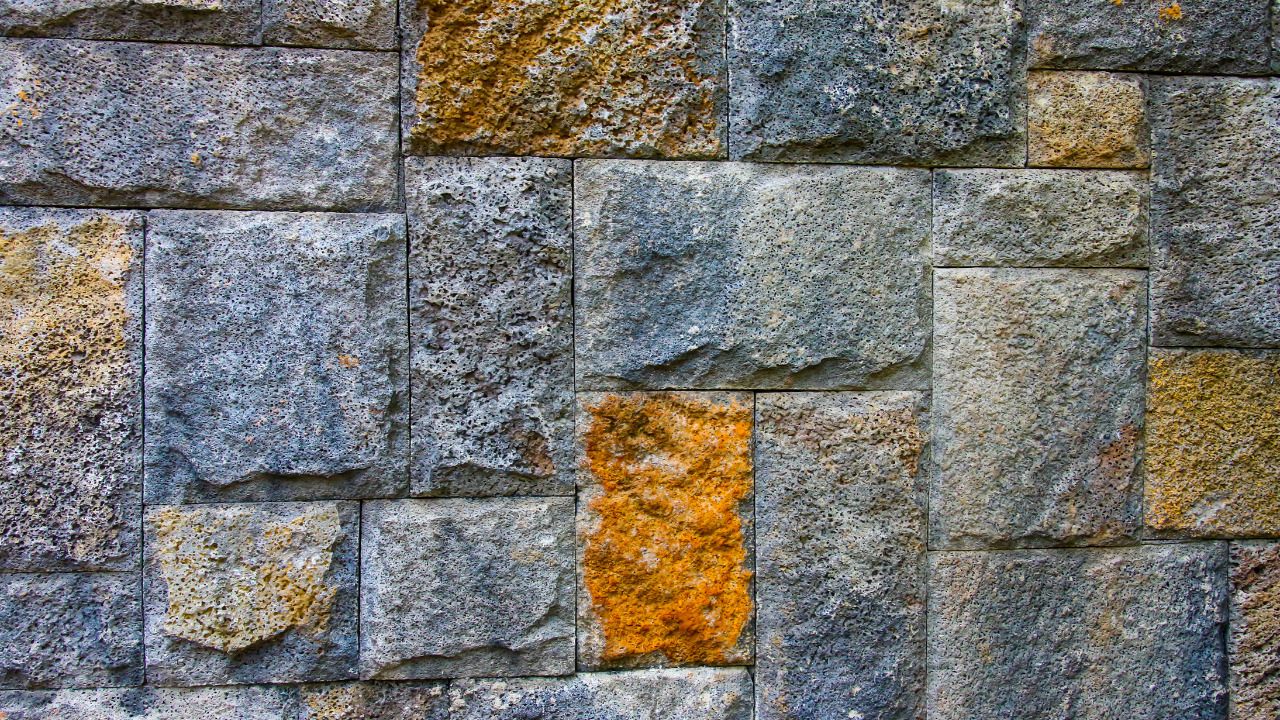When undertaking home improvement projects, particularly those involving the exterior of your home, it’s essential to make decisions that are not only aesthetically pleasing but are also eco-friendly and lasting. Taking the time to view details about sustainable and durable siding options is important when choosing which materials will best suit your home.
Conducting thorough research plays a crucial role in enhancing the curb appeal of your property while ensuring it withstands the elements over time. As we explore the options available, it’s imperative our choices contribute positively to our environment and offer the longevity we desire.
Table of Contents
Why Sustainable Siding is worth Considering
In an age where environmental consciousness is more important than ever, selecting sustainable materials for our homes can make a significant difference. Siding materials crafted from recycled, reclaimed, or responsibly sourced resources not only help reduce the overall environmental impact but also bring a unique character and warmth to your property. These materials often come with the added benefits of durability and efficiency, making them an excellent choice for forward-thinking homeowners looking to make a positive impact on the planet.
What’s more, investing in sustainable siding offers the benefit of adaptability to various climates and settings. Whether you’re in a region with extreme temperatures or one with mild weather, eco-friendly siding materials have been engineered to provide optimal performance and adaptability. By choosing sustainability, you also support industries that strive to reduce waste and innovate in environmentally friendly practices, contributing positively to the global efforts of preserving natural resources for future generations.
Exploring Durable Materials that Last
Alongside sustainability, durability is a key factor in the choice of siding. Materials like fiber cement, steel and engineered wood offer incredible resistance to wear and tear, requiring minimal maintenance over the years. Such materials are designed to withstand harsh weather conditions, resist pests and mold, and even offer fire resistance. Opting for these durable solutions can ensure that your home remains in excellent condition, retaining its beauty and functionality for decades. In this exploration, it’s crucial to view details and weigh the pros and cons of each option.
It is also worth exploring some of the technological advancements that have made these materials more resilient over time. For example, some of the latest durable siding products are infused with UV inhibitors, which prevent fading and sun damage, thereby maintaining their appearance and structural integrity for a longer period. These technological improvements ensure that homeowners do not have to compromise on either longevity or sustainability when selecting their ideal siding materials.
Enhancing Energy Efficiency
One often overlooked aspect of siding materials is their potential to enhance your home’s energy efficiency. Certain materials, when properly installed, can provide excellent insulation, reducing the need for heating and cooling and ultimately lowering energy bills. Innovative siding options, combined with energy-efficient windows and doors, can significantly improve your home’s thermal performance, making it more comfortable throughout the year and more sustainable in the long run.
Additionally, advancements in reflective technologies have been incorporated into various siding materials, enabling them to reflect solar heat and keep your home cooler in summer months. Materials with enhanced thermal mass qualities can also help regulate indoor temperatures by absorbing heat during the day and releasing it slowly at night, which can be particularly beneficial in areas with significant temperature fluctuations. By enhancing energy efficiency, these sidings significantly contribute to reducing your carbon footprint.
Embracing Style and Personality
Choosing sustainable and durable siding doesn’t mean sacrificing style. Modern advancements in materials and manufacturing techniques mean that eco-friendly and long-lasting options are available in a wide range of colors, textures, and finishes.
Whether you’re looking for something sleek and contemporary or warm and rustic, there’s a sustainable siding option that can match your personal taste and enhance your home’s architectural style. These choices allow homeowners to express their personality while making a responsible choice for the environment.
Considering the Costs and Long-Term Benefits
While some sustainable and durable siding options may come with a higher initial cost, it’s important to consider the long-term benefits. Materials that require less maintenance, repair, and replacement over time can result in significant cost savings.
Additionally, the increased energy efficiency can lower utility bills, and in some cases, sustainable materials can even increase your home’s resale value. When evaluating these options, consider not only the upfront cost but the overall return on investment they offer.
Summing Up
In the journey toward enhancing your home’s exterior, opting for siding options that prioritize sustainability and durability is a wise decision. Not only do these choices reflect a commitment to environmental responsibility, but they also ensure that your home stands the test of time in terms of both style and structure.
With a wide range of eco-friendly and durable materials available, homeowners have the opportunity to transform their properties into showcases of sustainability and resilience, all while maintaining a high level of curb appeal and personal expression. By carefully considering these options, you can embark on a home improvement project that is both fulfilling and future-proof.





